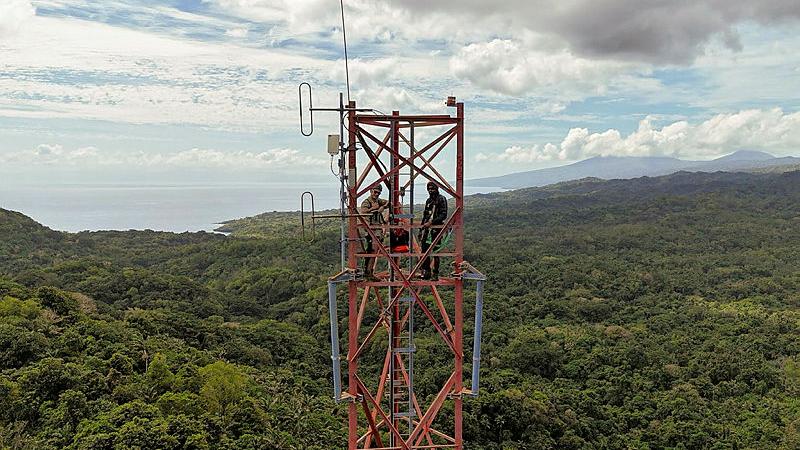
It might sound dramatic, but all signs point to landholders being squeezed out when it comes to managing the natural capital on their very own land.
That includes the soil, the air, the water – essentially all of the natural components that represent the property itself.
The issue – of course – is money.
Where there’s a buck to be made you can be sure there will be someone (or fifty someones) scheming how best they can get their cut.
The release of multiple carbon and bio-diversity schemes, and skyrocketing carbon prices (up more than 100 per cent to approximately $50 a tonne), has given rise to a litany of brokers keen to position themselves between landholders and markets and cash in.
The temptation for landholders – who are already drowning in a tide of regulation and struggling to make sense of unnecessarily complex trading and offset schemes like the Federal Government’s and the State Government’s and – is, understandably, to spend their hard earned on consultancy fees to help uncover the available to them and make sense of the whole system.
The result? Middlemen, corporations, and governments essentially assuming control of the natural capital on a landholder’s property, making money from the landholder, and, bit-by-bit, removing the landholder from any decision making, and most of the economic, environmental, and social returns.
Fortunately, has been designed to keep a landholder’s ecosystem service benefits squarely in their own hands.
AgCarE is expected to be launched shortly as a proven framework that enables landholders to measure their natural capital and understand how they can engage with trading opportunities.
Importantly, it will also allow them to tell their story by marketing their products and increasing their brand value with consumers and businesses.
Banks have already expressed their own interest in AgCarE’s ability to reduce lending risks associated with maintaining natural assets on farms.
AgCarE has been deliberately developed as a mid-tier system and provides low cost, medium risk options for carbon abatement, drought mitigation, improved biodiversity, and sustainable long-term landscape management and business resilience, while also focusing on the water cycle at property level.
Rather than be dictated to by big business and government, which could potentially force upon landholders yet more regulation, unworkable environmental schemes, and unwanted stewardship agreements, AgForce has been calling for the State Government, businesses, and consumers to support the positive role agricultural and its landscape managers are having on our natural assets by investing in improved biodiversity, soil health, and water quality, as well as reduced greenhouse gas emissions.
Data shows that for decades agriculture and landholders have played a significant, often unseen, unreported, unacknowledged role maintaining and improving our landscapes and our environment – all with the regulatory equivalent of the ‘Sword of Damocles’ hanging above their heads.
Imagine what we could achieve by placing landholders at the centre of the conversation, and by supporting and incentivising rather than intimidating.
AgCarE creates the playing field to empower landholders. It’s a system designed by producers for producers – not one forced upon them without consultation and collaboration that plainly doesn’t do what it suggests, and that’s confusing and costly to implement.
Genuinely and excitedly – creates a win-win situation for landholders and, most importantly, for the environment.








